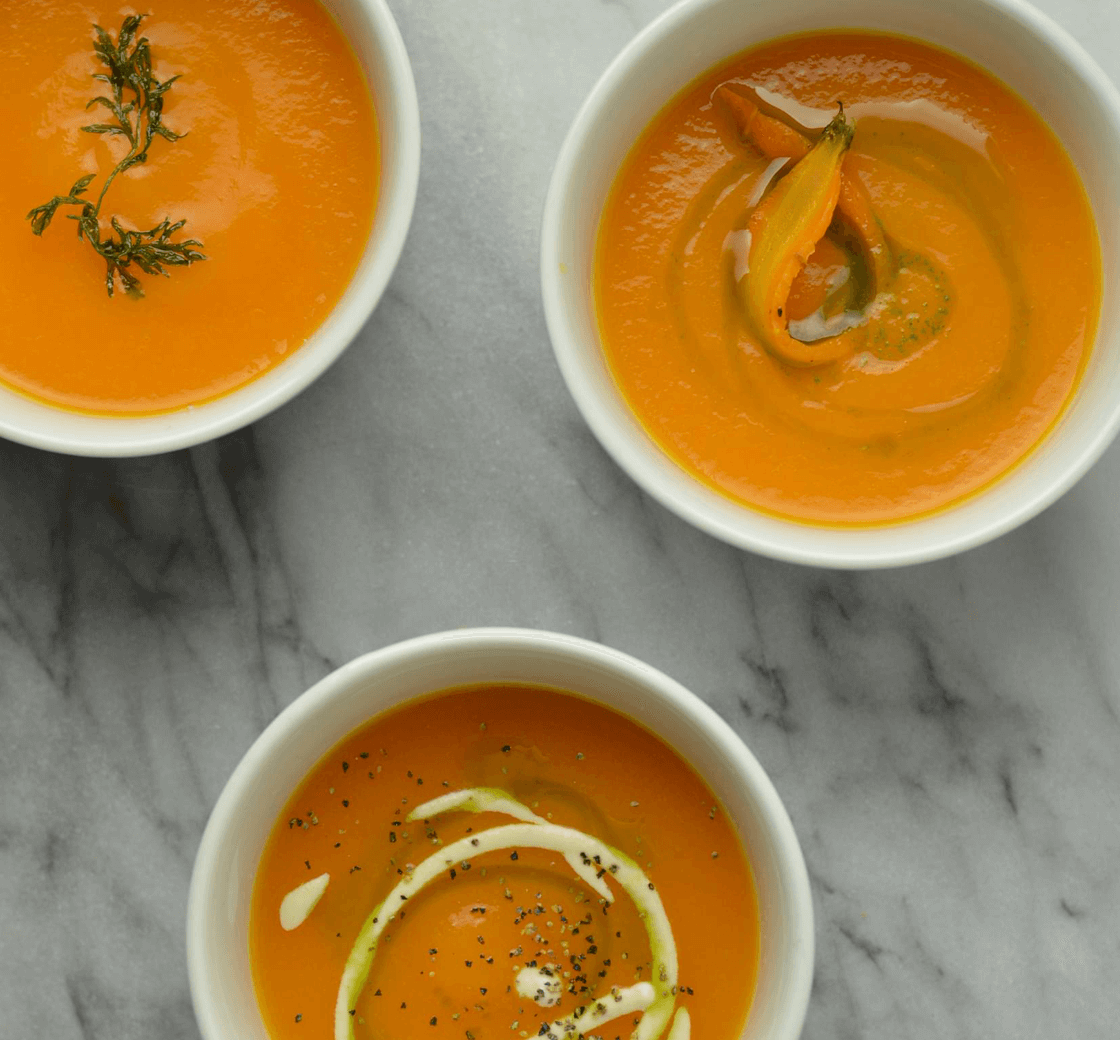
If you're looking to spend more than a few hours at a recreational class but don’t have the time or the investment for the full-blown professional track, we’ve designed this course especially for you. In this 13-lesson program, you will cover the foundations of the culinary arts, training you to be an accomplished cook. These classes are derived from the same core curriculum as ICE’s culinary career program and will be taught by the school’s top chef-instructors. Throughout the 13 lessons, you will gain a strong understanding of cuisine and its underpinnings.

You will work in teams to execute the class menu. At the end of class, participants gather to enjoy the food they have prepared. Wine is served with meals in most classes. All class menus are subject to change. While a snack platter is offered in both morning and evening classes, you may want to consider a light snack before joining us for class. Students are encouraged to bring a light lunch or dinner to all pastry classes.

You will work in teams to execute the class menu. At the end of class, participants gather to enjoy the food they have prepared. Wine is served with meals in most classes. All class menus are subject to change. While a snack platter is offered in both morning and evening classes, you may want to consider a light snack before joining us for class. Students are encouraged to bring a light lunch or dinner to all pastry classes.
Get ready to unleash your sweet tooth in this fun hands-on class dedicated to all things marshmallow! Whether you're a marshmallow aficionado or just looking to learn how to elevate your snack game, this class has something for everyone. In this session, you'll master the art of homemade marshmallows and honey graham crackers. You'll have the chance to choose your marshmallows from three mouth-watering flavors: vanilla bean, espresso, or fresh cinnamon! To take things to the next level, we'll show you how to make chocolate-covered marshmallow cookies, a sweet treat that's sure to impress your friends and family. And of course, no marshmallow adventure would be complete without the ultimate s'mores, where you'll combine everything you've learned into the classic campfire favorite with a gourmet twist.
New York City has some of the most famous steakhouses in the country. These classic establishments are known for a distinctive homey atmosphere and a trademark cuisine that has been pleasing diners for decades. Spend an evening learning the techniques and recipes you need to replicate your favorite steakhouse experience at home. You'll make and enjoy classic shrimp cocktail; Caesar salad; grilled New York strip with beurre Maître d'Hôtel; creamed spinach and truffled mashed potatoes.
Learn everything you need to know to recreate that quintessential New York staple, the bagel! Make everything you love about brunch, from the fixings to the bagels to the boozy beverages. We'll make: bagels (in multiple flavors: everything, salt, sesame, poppy seed); bagel fixings (scallion cream cheese, tomatoes, onions, capers, lox); whitefish salad; and Bloody Marys to wash it all down.
Master some of the most fragrant and distinct dishes in this country's rich and varied cuisine, emphasizing a riot of toasted spices. You'll learn all about the vegetables, seafood and other featured ingredients, with a range of geographic and climatic origins, from hearty masalas to spicy curries to cooling raitas. We'll assemble a menu of: chana masala (chickpea curry); chicken tikka masala; palak paneer (spinach with paneer cheese); pulao (spiced basmati rice); and cucumber raita.
Ranked as America’s Best Culinary School (USAToday 2019), our roster of Chef-Instructors have run top kitchens around the globe.
| (Separate multiple addresses with commas like: john@aol.com, jane@aol.com) | |